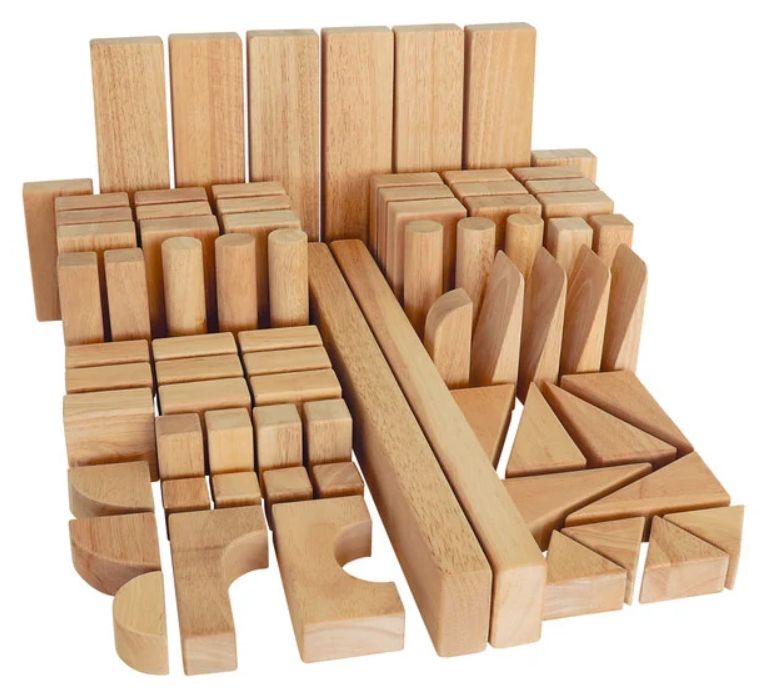Cutlist Optimizer Makes the Most of Your Materials

In the world of woodworking, a cutlist optimizer feeds into our desire for frugality. Maximizing savings through efficient material usage is a skill that every woodworker should master. Whether you’re working with sheet goods or solid woods, there are distinct strategies to make the most of your materials. In this article, we will explore the art of efficient woodworking and how you can optimize material layout for perfect projects.
Sheet Goods: Size Defines Design
When working with sheet goods, such as plywood and MDF, the standard size is 48×96 inches. However, there are exceptions like medium-density fiberboard (MDF), which is usually 1 inch longer in each dimension to account for saw kerfs. Baltic birch plywood often comes in 60×60 inch sheets. Knowing these sizes can help you plan your project more effectively.
To save money and reduce waste, start by creating a cutting diagram. Whether you sketch it on paper, model it on a computer, or create scale mock-ups, a cutting diagram allows you to optimize the use of your sheet goods. Begin by laying out the largest pieces and then fill in with smaller ones, grouping pieces of similar sizes whenever possible. This minimizes the number of cuts needed and maximizes your material yield.
Another way to stretch your sheets is by reevaluating your design. Can you alter part dimensions to eliminate the need for an extra sheet? For example, replacing a cabinet’s toekick with a hardwood base can save you money and increase material efficiency. By making these small adjustments, you can significantly reduce waste and cut down on costs.
Thriftiness and sneakiness can go hand in hand when it comes to efficient material usage. Consider using inexpensive plywood for furniture parts that will rarely be seen, reserving the more expensive hardwood plywood for visible areas. By strategically hiding cheaper materials, you can achieve significant savings without compromising the overall quality of your project.
Solid Woods: No Two Boards Alike
Unlike sheet goods, solid woods come in irregular sizes, and maximizing material usage becomes a matter of working around variations, blemishes, and warped wood. To make the most of your solid woods, follow these tips:
When shopping for solid woods, focus on finding boards that are good matches for your project parts rather than trying to find a single board that fits all your needs perfectly. Look for consistent coloring and grain patterns for each individual part. While it may seem counterintuitive, buying more wood than your plans call for can actually save you money in the long run. Using the remaining wood for secondary project parts or shop jigs eliminates the need to purchase additional materials.
Don’t be too quick to reject boards with defects. Sometimes, a simple board flip or careful machining can hide blemishes like sapwood or knots. By flattening the good face and planing away imperfections on the opposite face, you can salvage a board that would have otherwise been discarded. In this case it maybe difficult to use a cutlit optimizer to save materials,
When working with solid wood, it’s important to embrace the natural variations and imperfections. Instead of aiming for flawlessness, strategically place voids, sapwood, live edges, and knots to enhance the aesthetics of your project. By embracing these characteristics, you can transform your furniture from ordinary to extraordinary.
Planning for Efficiency
Efficient material usage starts with careful planning. Before you even begin cutting or shaping your wood, take the time to create a detailed project plan. A well-thought-out plan not only ensures that you have all the necessary materials but also helps you optimize their usage.
Start by making a list of all the parts and components needed for your project. This will give you a clear idea of the quantities and sizes of materials required. With this information in hand, you can then create a cutting list or diagram that shows the most efficient way to cut your materials to minimize waste.
Consider the layout of your parts on the wood carefully. Try to group similar parts together to minimize the number of cuts required. This can be particularly important when working with expensive or limited materials. By using the cutlist optimizer for the layout of your parts, you can reduce waste and make the most of your materials.
Tools for Efficient Material Usage
In addition to careful planning, there are several tools and techniques that can help you optimize material usage in your woodworking projects. Let’s explore some of these tools and how they can contribute to efficient material layout.
Cutting Jigs and Templates
Cutting jigs and templates are invaluable tools when it comes to efficient material usage. These tools allow you to replicate shapes and patterns accurately, eliminating the need for trial and error. By using cutting jigs and templates, you can save time and reduce material waste.
CNC Machines
Computer Numerical Control (CNC) machines are becoming increasingly popular in the woodworking industry. These machines use computer-controlled routers or mills to cut and shape wood with incredible precision. By programming the machine to optimize material usage, often depending on the cutlist optimizer, you can significantly reduce waste and increase efficiency.
SketchList3Ds optimizer interfaces with CNC software.
Hand Planes
Hand planes are versatile tools that can be used for shaping, smoothing, and leveling wood surfaces. When used correctly, hand planes can help you remove imperfections and maximize the use of your materials. By carefully planning your cuts and using hand planes to refine your work, you can achieve efficient material usage.
Tips for Efficient Material Usage
In addition to the tools mentioned above, there are several tips and techniques you can employ to ensure efficient material usage in your woodworking projects
Consider the following:
Organize Your Workshop
A well-organized workshop can significantly contribute to efficient material usage. By having a designated area for storing and categorizing your materials, you can easily locate the wood you need for each project. This prevents unnecessary purchases and reduces waste.
Use Offcuts Wisely
Offcuts, or leftover pieces of wood, can be valuable in future projects. Instead of discarding them, save your offcuts and organize them by size and type. This way, you’ll have a readily available supply of materials for smaller projects or components.
Consider Joinery Techniques
Choosing the right joinery technique can also impact material usage. Some joinery methods, such as dovetail joints or mortise and tenon joints, require more material than others. By selecting joinery techniques that are suitable for your project and minimize waste, you can optimize material usage. Your cutlist optimizer should handle the effects of joinery.
Embrace Natural Imperfections
As mentioned earlier, embracing natural imperfections can add character to your woodworking projects. Instead of discarding wood with knots or irregular grain patterns, find creative ways to incorporate them into your designs. This not only reduces waste but also adds unique beauty to your finished pieces.
Conclusion
Efficient material usage is an art that every woodworker should strive to master. By carefully planning your projects, using the right tools and techniques, and embracing the natural characteristics of your materials, you can optimize material layout and minimize waste. The art of efficient woodworking not only saves you money but also allows you to create truly exceptional projects. So, next time you embark on a woodworking adventure, remember to make the most of your materials with some consideration of a cutlist optimizer.
As a reminder SketchList 3D’s integrated reporting [Pro version] includes a cut list, shop drawings, and images and reports for optimized material layout.
To learn more see this post from Fine Woodworking


